 Back
Back
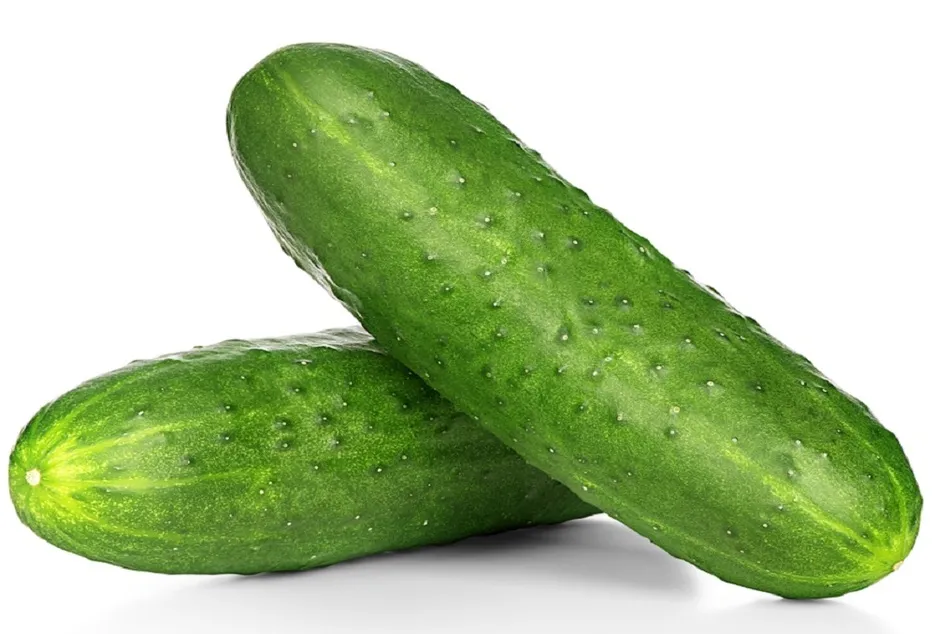
Generally, cucumbers are grown in open fields during the summer and rainy season. But it is difficult to grow cucumbers in the winter season. Cultivation of cucumbers in greenhouses will help to grow them throughout the season and farmers can get very good market prices. Farmrise app provides market prices for cucumber crops in the nearest markets.
Seedless cucumbers
Seedless cucumbers

These days seedless cucumbers are preferred by most customers.
Key characters of seedless cucumbers are
#Fruit length: 14-16 cm
#Suitable for slices and more crispy
#Cluster bearing fruit type except for winter hybrids
#100 % productive flowers & pollination not required
#Cultivation under a protected structure like a poly house or net house


Cultivation Practices
Cultivation Practices
We are giving the best cultivation practices for seedless cucumbers in greenhouse conditions based on research done by our team.
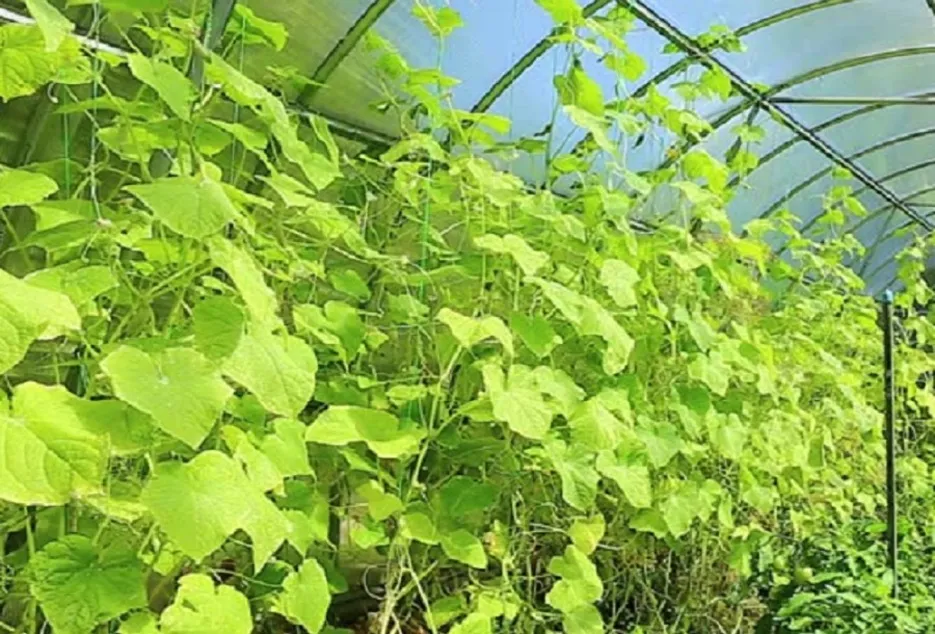

Spacing
Spacing
Maintain row to row spacing of 50 centimeters and plant to plant 40 cms. In between the rows maintain a path of 60 to 80 cms for management of the crop.


Direct Seeding
Direct Seeding
Maintain one seed/ hill, with seed depth of 2 to 3 centimeters. Avoid excessive irrigation at the early stage of the sowing. High care should be taken at the early stage of the seed emergence to avoid rodents damage.


Nursery Sowing
Nursery Sowing
Seedlings should be raised in poly or insect-proof net house 12-15 days old seedling seedlings should be used for transplanting


Planting
Planting
If cucumber is grown by transplanting method , planting should be done without disturbing the root portion of the seedlings.Evening hours are suitable for cucumber transplanting.


Plastic mulching
Plastic mulching
Follow mulching with black plastic mulch on raised beds which helps in generating high soil temperatures early in the season, promoting rapid germination and earlier fruit development. In the warmer summer months, white-on-black plastic mulch is used to prevent the soil from over heating. Additional benefits of the plasticulture system include weed control, increased irrigation efficiency, especially with drip irrigation systems, and better fertilizer management. The disadvantages of these systems include the higher cost of production and the need to dispose of the plastic mulch at the end of the season
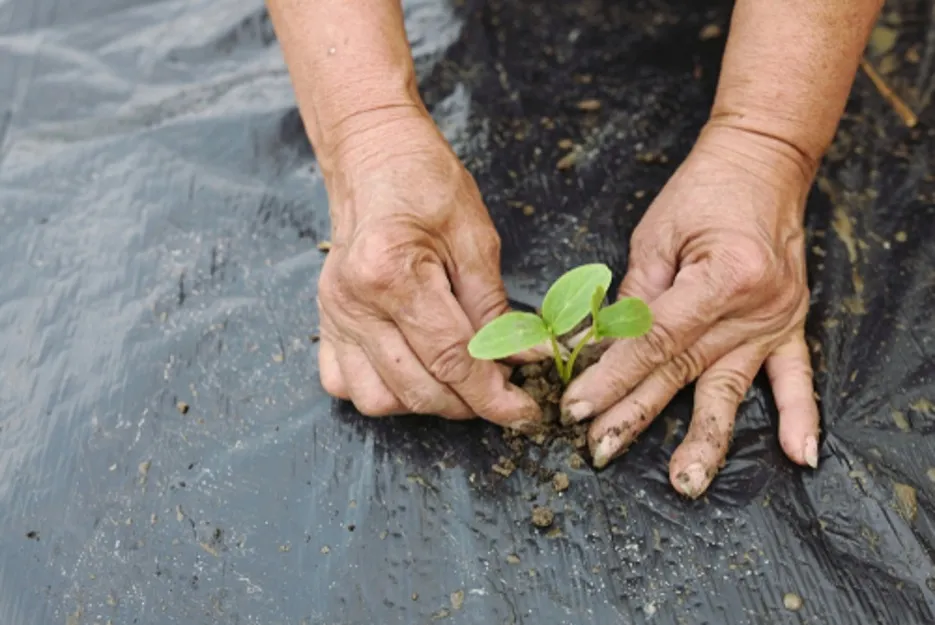
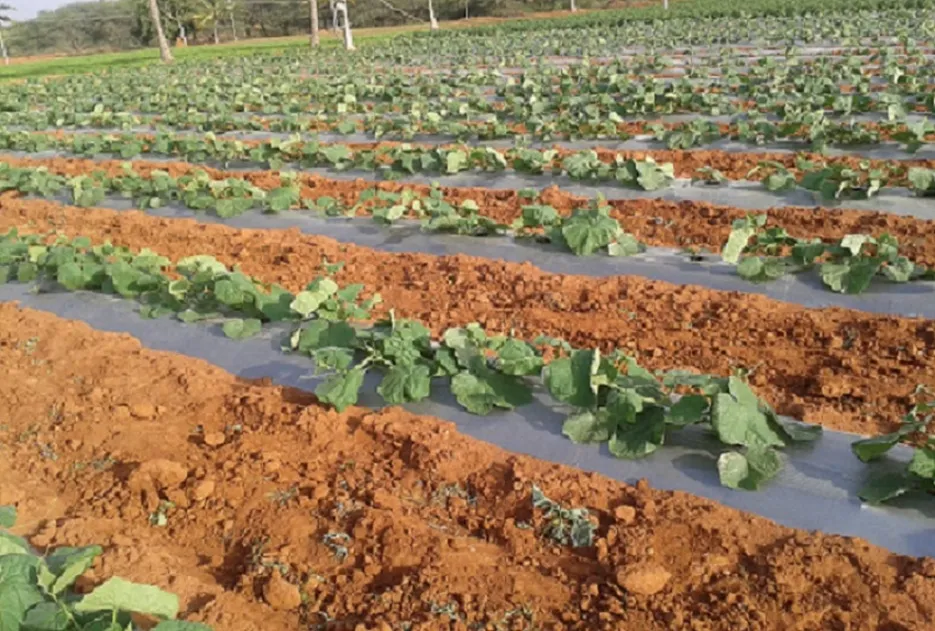
Pruning
Pruning
Side or lateral shoots should be removed timely pruning should be done two times in a week and need to continue till 6 to 7th node of the main stem Allow the only the main stem to grow.
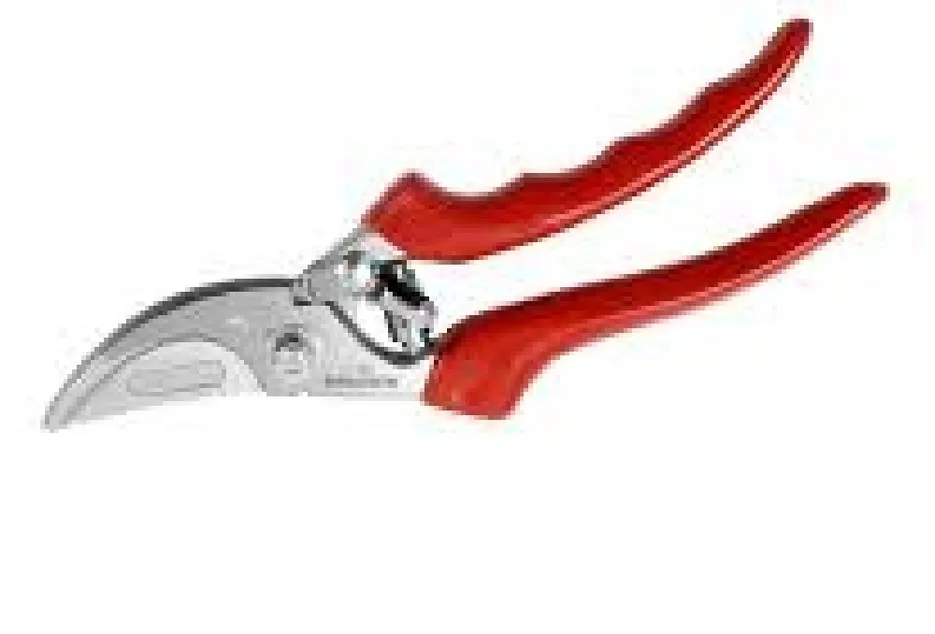
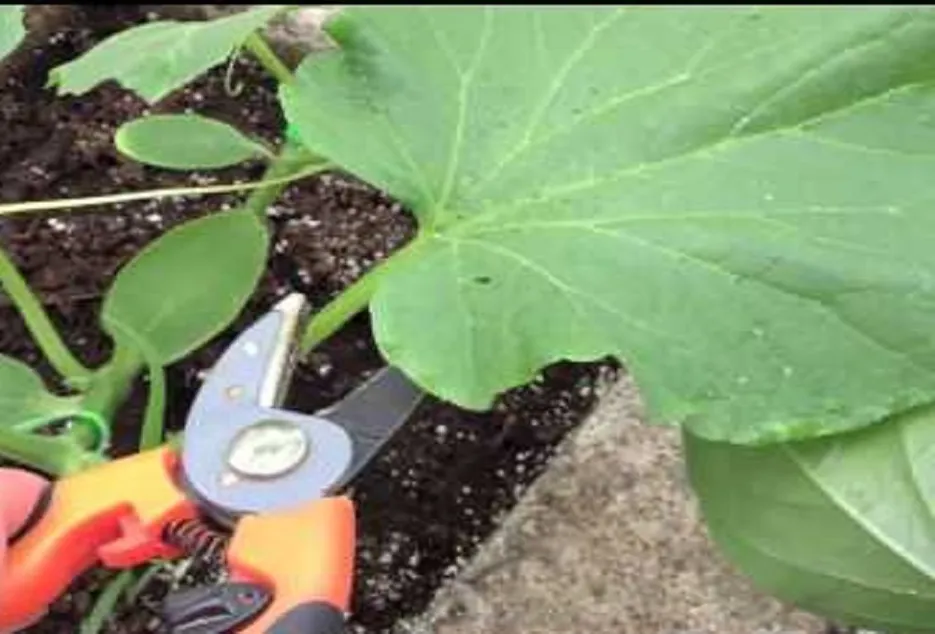
Training
Training
Training should start 15-20 days after sowing or 10-12 days after transplanting. The support wire should be above 12 feet of the bed. Plants tied up with rope and finally tie the rope to support the wiring system. Two times training in a week gives strong support to the vine or plant Stacking nets gives strong support.




Fertigation Schedule
Fertigation Schedule
The fertigation or drip schedule is based on the soil nutrient status. The following fertilizers are to be applied at recommended doses based on the crop age: Calcium Nitrate (CN), Potassium Nitrate(13:00:45) Mono Potassium, Phosphate (00:52:34), Magnesium Sulphate, (MgSo4), Sulphate of Potash, Zinc Sulphate (ZnSo4), Manganese Sulphate (MnSo4) Copper Sulphate, Ammonium Molybdate/Sodium Molybdate.


Importance of Boron
Importance of Boron
Apply a foliar spray of Borovin 20% (Boron solution 1.5 grams per liter) or any Boron spray at this stage will help to controls flower shedding. Please repeat this spray after 10 days for better results.

Downy mildew management
Downy mildew management


Downy mildew is an important disease in cucumbers. White to gray, downy growth soon develops on the lower leaf surface Infected leaves die, but remain erect while the edges of the leaf blade curl inward. Severe infection results in defoliation, stunted plants, and poor fruit development. Spray Sectin (Fenamidone 10% + Mancozeb 50% w/w 60 WG) 600 grams per acre to control downy mildew disease.

Sucking pest management
Sucking pest management
Aphids and jassids: There is a possibility of sucking pest infestation in Cucumber. Control of sucking pests at this stage is very important otherwise plants become week and do not produce sufficient flowers.Please spray recommended insecticides like Admire or Imidacloprid 70% WG for control of Aphids and Jassids.


Management of mites
Management of mites
There is a possibility of mites infestation in Cucumber, Please spray recommended insecticides like Oberon or Spiromesifen 22.9% SC 240 ml per acre for control of mites.


Harvesting
Harvesting
Generally, the first harvest takes 40 days after sowing Every alternate day harvest is the best practice to get more marketable fruits Harvest fruit with stalk gives better shelf life in cucumber. If farmers practice better management they can get yields up to 35 to 40 tonnes per acre.

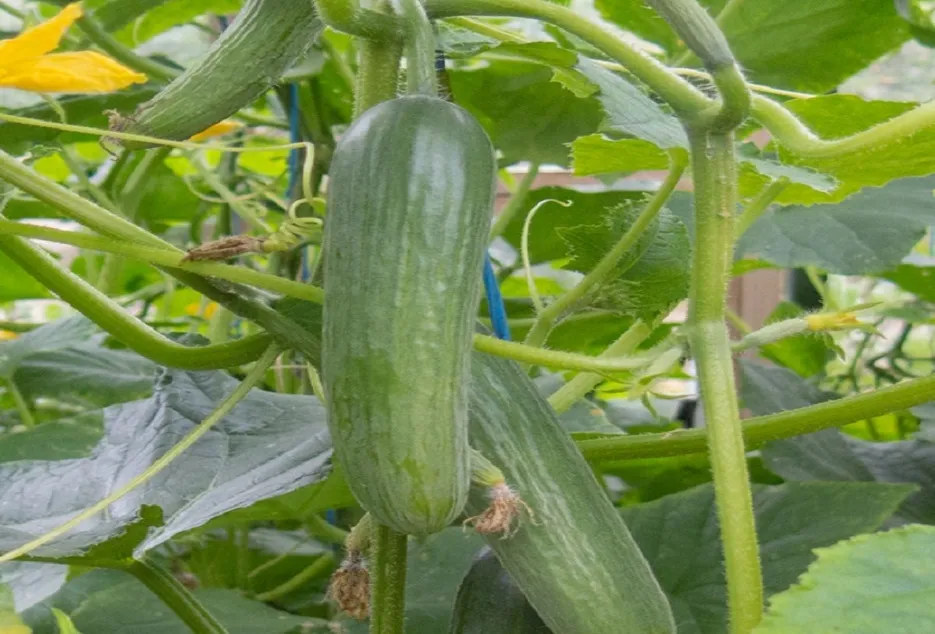
Thank you for reading this article, we hope you clicked on the ♡ icon to like the article and also do share it with your friends and family now!
Thank you for reading this article, we hope you clicked on the ♡ icon to like the article and also do share it with your friends and family now!








